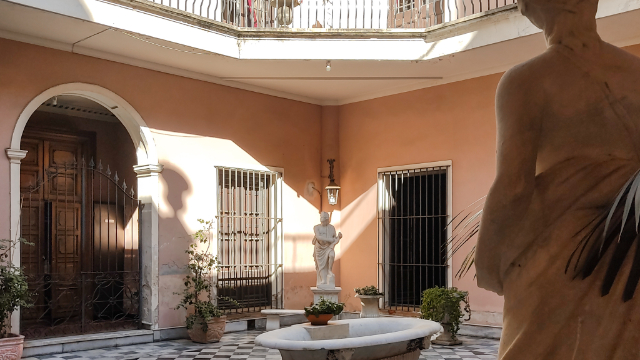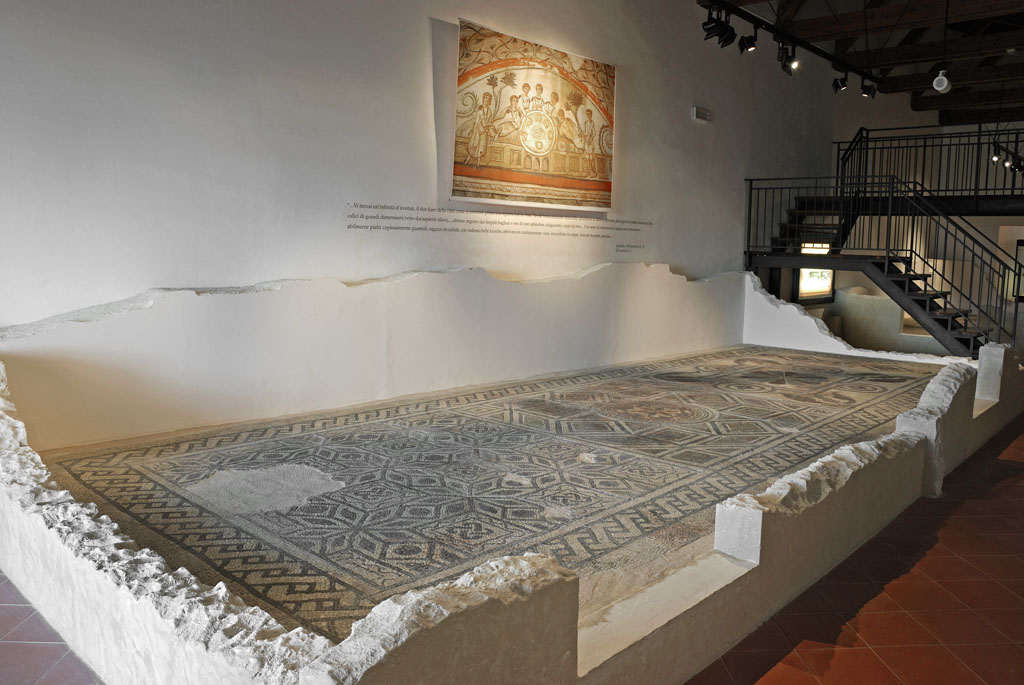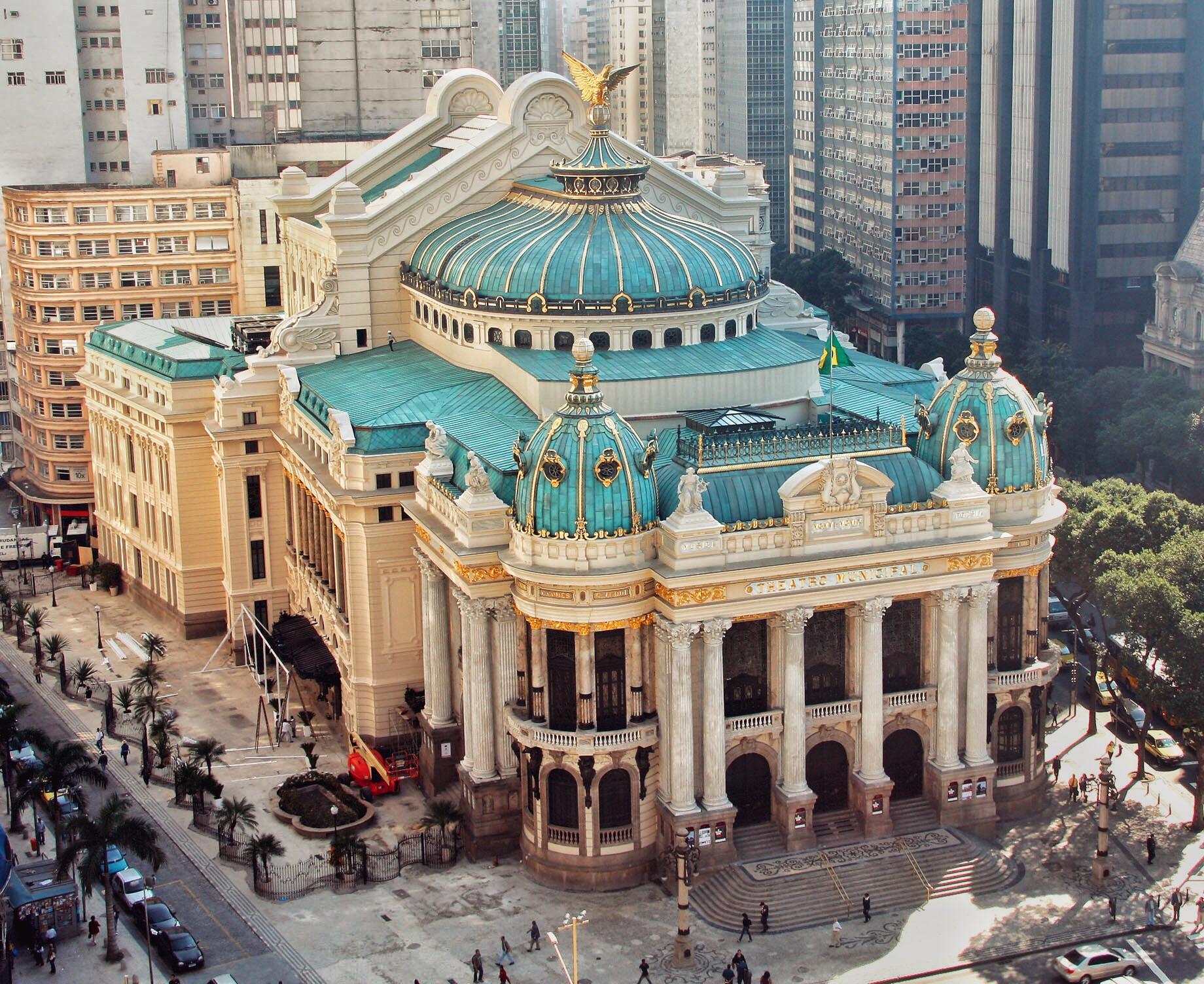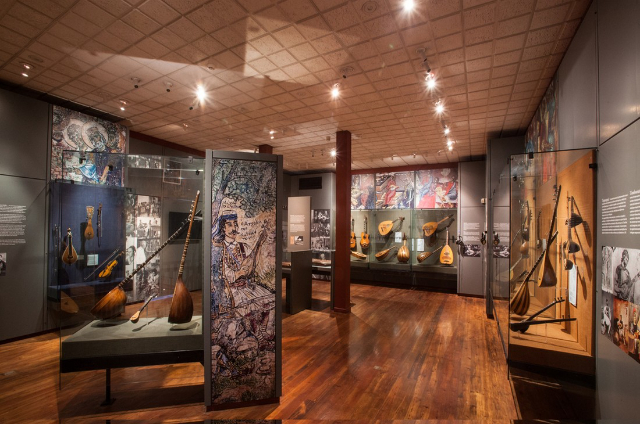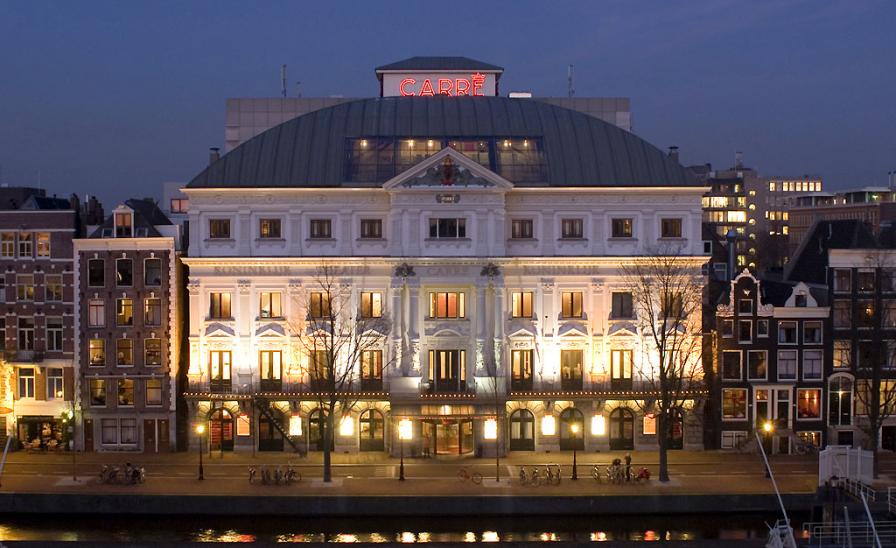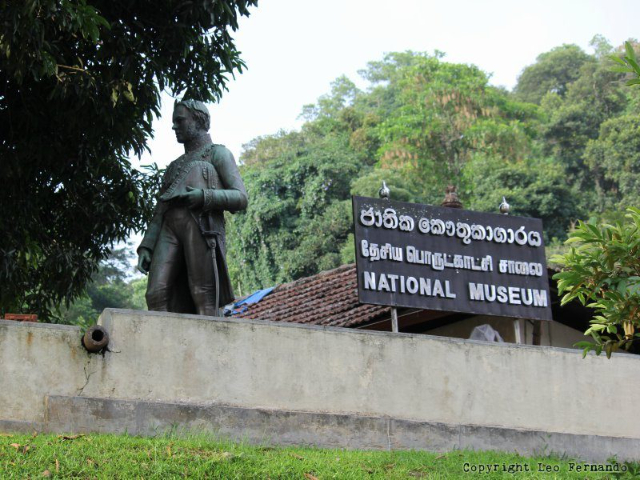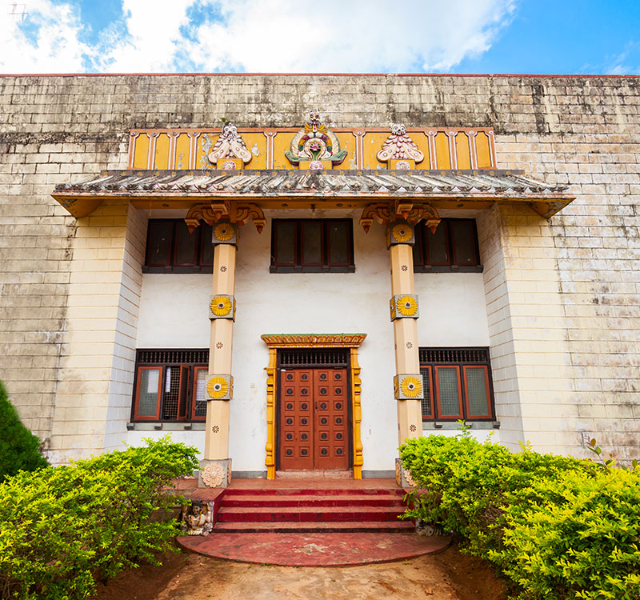Montevideo’s Romantic Museum is one of the city’s most interesting and impressive museums. Located in the residential neighborhood of Prado, the museum is housed in a colonial-era mansion that dates back to the 19th century.The museum offers a unique collection of art objects and objects of daily life dating back to the Romantic era, between the 18th and 19th centuries. The museum’s permanent collection is very diverse and includes paintings, sculptures, period furniture, porcelain, silverware, and textiles.The Montevideo Romantic Museum was opened in 1921, when the mansion was donated to the city by the family of its last owner. The museum was opened to the public after a period of restoration and renovation and has since become a landmark for art history and culture enthusiasts.One of the most interesting aspects of the museum is its architecture. The villa in which the museum is located was built in the late 19th century in the neoclassical style, with large windows and a beautiful garden. The interior of the villa is equally fascinating, with high ceilings and period decorations, offering a striking view of the past.The museum also offers a wide range of events and activities for visitors, including concerts, dance performances, children’s workshops, and guided tours. There are also conference rooms and temporary exhibition spaces, which regularly host art and cultural exhibitions.One of the curiosities of Montevideo’s Romantic Museum is that it houses a collection of objects that belonged to famous figures of the Romantic era, such as General Juan Antonio Lavalleja, Uruguay’s national hero, and poet Juan Zorrilla de San Martin. Among the exhibits are personal items, furniture, books, and paintings that belonged to these important historical figures of Uruguay.In summary, the Montevideo Romantic Museum is an extraordinary place to discover the art and culture of the Romantic era, between the 18th and 19th centuries. The collection of objets d’art and everyday objects offers a unique window into the past, and the museum is a unique experience for anyone wishing to explore the history and art of this period. The museum is open Tuesday through Sunday, with varying hours depending on the day of the week. Admission to the museum is free, but you can leave a donation to support the museum and its collection. Museum staff are available to provide information about the collection and to answer visitors’ questions.
